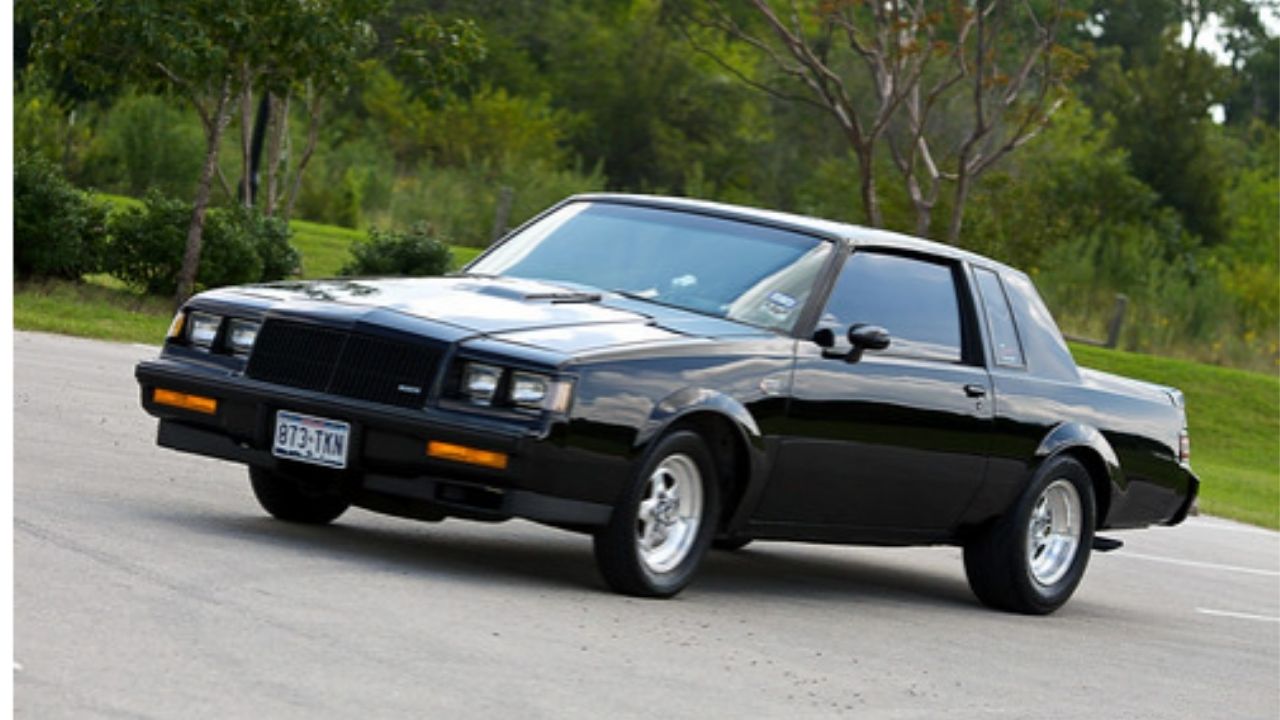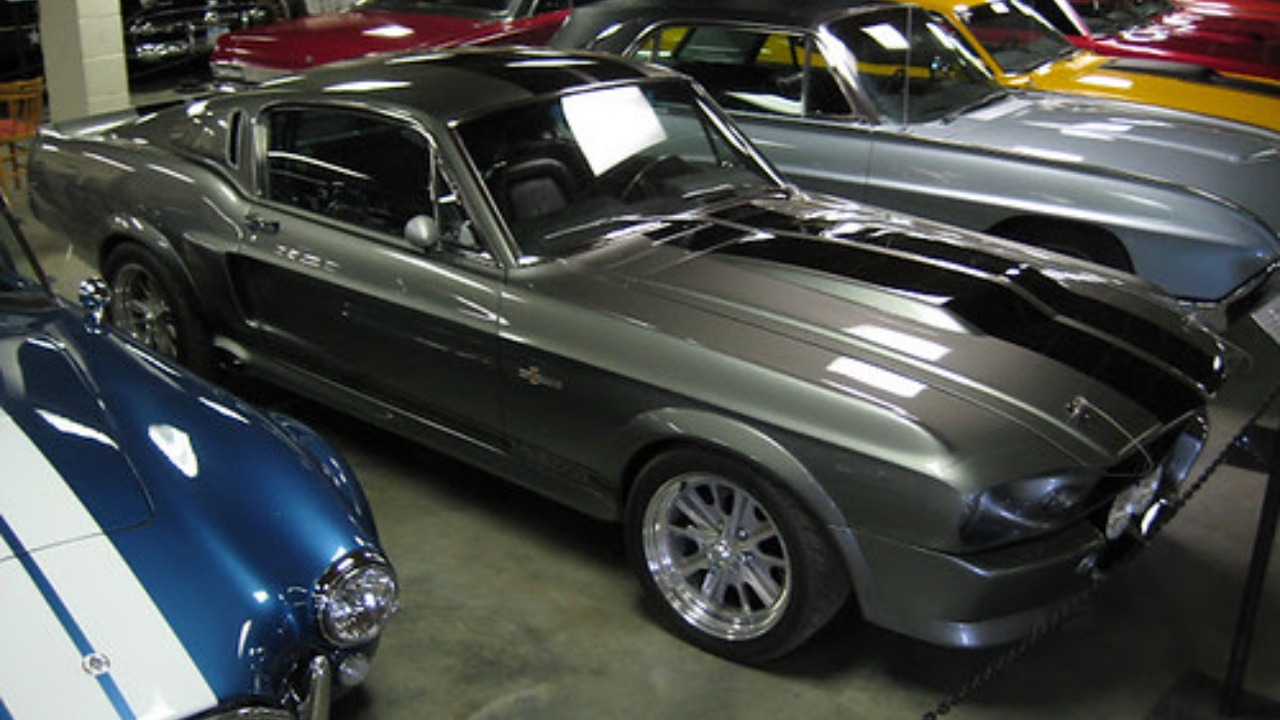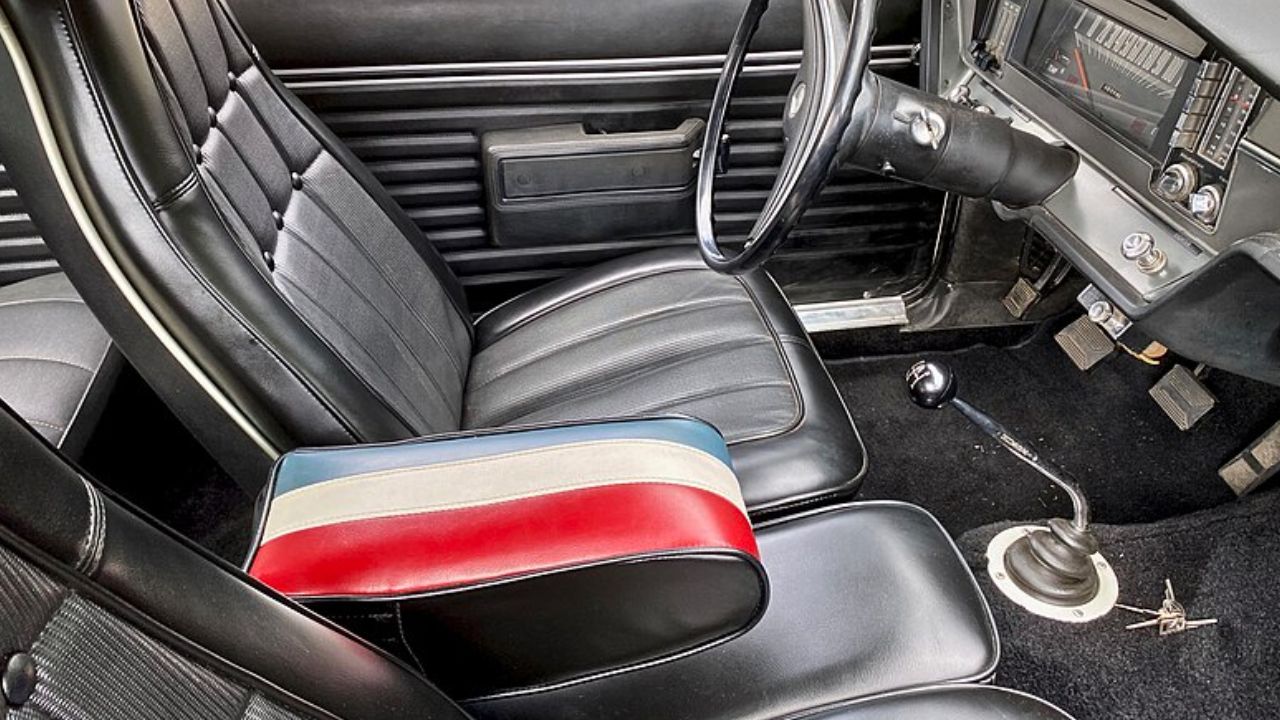As a car enthusiast, I often find myself reminiscing about the performance sedans that once graced our roads but have since faded into obscurity. These vehicles brought a unique blend of speed, style, and practicality, making them truly memorable. Here are five vintage performance sedans that deserve a second look.
The 1991 Honda Accord Si

The 1991 Honda Accord Si is a staple of Japanese automotive history, known for its remarkable balance of performance and reliability. This sporty variant of the popular Accord featured a 2.2-liter inline-four engine that produced 135 horsepower, which was impressive for its time. The Si trim offered a firmer suspension and sportier styling, making it a favorite among driving enthusiasts.
Despite its everyday sedan appeal, the Accord Si was capable of delivering fun on twisty roads. With its lightweight chassis and responsive handling, it created an engaging driving experience that many modern sedans struggle to replicate. While it may not be the flashiest option on the market, its understated charm continues to resonate with those who appreciate quality engineering.
The 1987 Buick GNX

The 1987 Buick GNX was a game-changer in the world of performance sedans. This limited-production vehicle was powered by a turbocharged 3.8-liter V6 engine, producing an astonishing 276 horsepower and 387 lb-ft of torque. To put that into perspective, the GNX could go from 0 to 60 mph in just 4.6 seconds, making it one of the fastest cars of its era.
With its menacing styling and performance-oriented features, the GNX was not just a powerful sedan; it was a cultural phenomenon. The car was designed for enthusiasts who craved speed and style, showcasing Buick’s commitment to the performance segment. Today, the GNX is highly sought after among collectors, and its legacy can still be felt in modern muscle cars.
The 1981 Datsun 280ZX Turbo

The 1981 Datsun 280ZX Turbo was a remarkable blend of sportiness and practicality, making it a true performance sedan of its time. Equipped with a turbocharged 2.8-liter inline-six engine, it delivered 197 horsepower, providing an exhilarating driving experience. The 280ZX was not only powerful but also featured a sleek design that turned heads wherever it went.
This model distinguished itself with advanced technology for the period, including digital instrumentation and a comfortable interior. The handling was sharp, thanks to its rear-wheel-drive layout and well-tuned suspension. As Datsun transitioned to Nissan, the 280ZX Turbo became a symbol of the brand’s commitment to delivering sporty yet accessible vehicles.
The 1999 Subaru Legacy GT

The 1999 Subaru Legacy GT was a standout in the performance sedan category, offering a unique blend of practicality and driving excitement. Powered by a turbocharged 2.5-liter flat-four engine, it produced 250 horsepower and was paired with Subaru’s signature all-wheel-drive system. This made it a solid choice for those who desired performance without sacrificing everyday usability.
With its spacious interior and AWD capability, the Legacy GT was perfect for tackling various weather conditions while still delivering a sporty driving experience. It also featured a well-rounded suspension that offered both comfort and agility, making it a favorite among enthusiasts and families alike. Its reputation for reliability and performance has led to a cult following, especially among those who value the brand’s heritage.
The 1984 Ford Mustang SVO

The 1984 Ford Mustang SVO was a departure from the traditional muscle car formula, combining turbocharged performance with modern features. It was powered by a 2.3-liter turbocharged four-cylinder engine that produced 175 horsepower, a significant number for a car of its time. This allowed the SVO to compete with more powerful V8 variants while offering better fuel efficiency.
The SVO featured unique styling elements that set it apart from other Mustangs, including a front air dam and a rear spoiler. Inside, it boasted supportive bucket seats and a driver-focused cockpit. This model represented a significant evolution in the Mustang lineup, appealing to a new generation of performance enthusiasts looking for something different. To understand the impact of the Mustang on performance culture, you can explore various discussions in the automotive community.
Like Fast Lane Only’s content? Be sure to follow us.
Here’s more from us:
*Created with AI assistance and editor review.






Leave a Reply